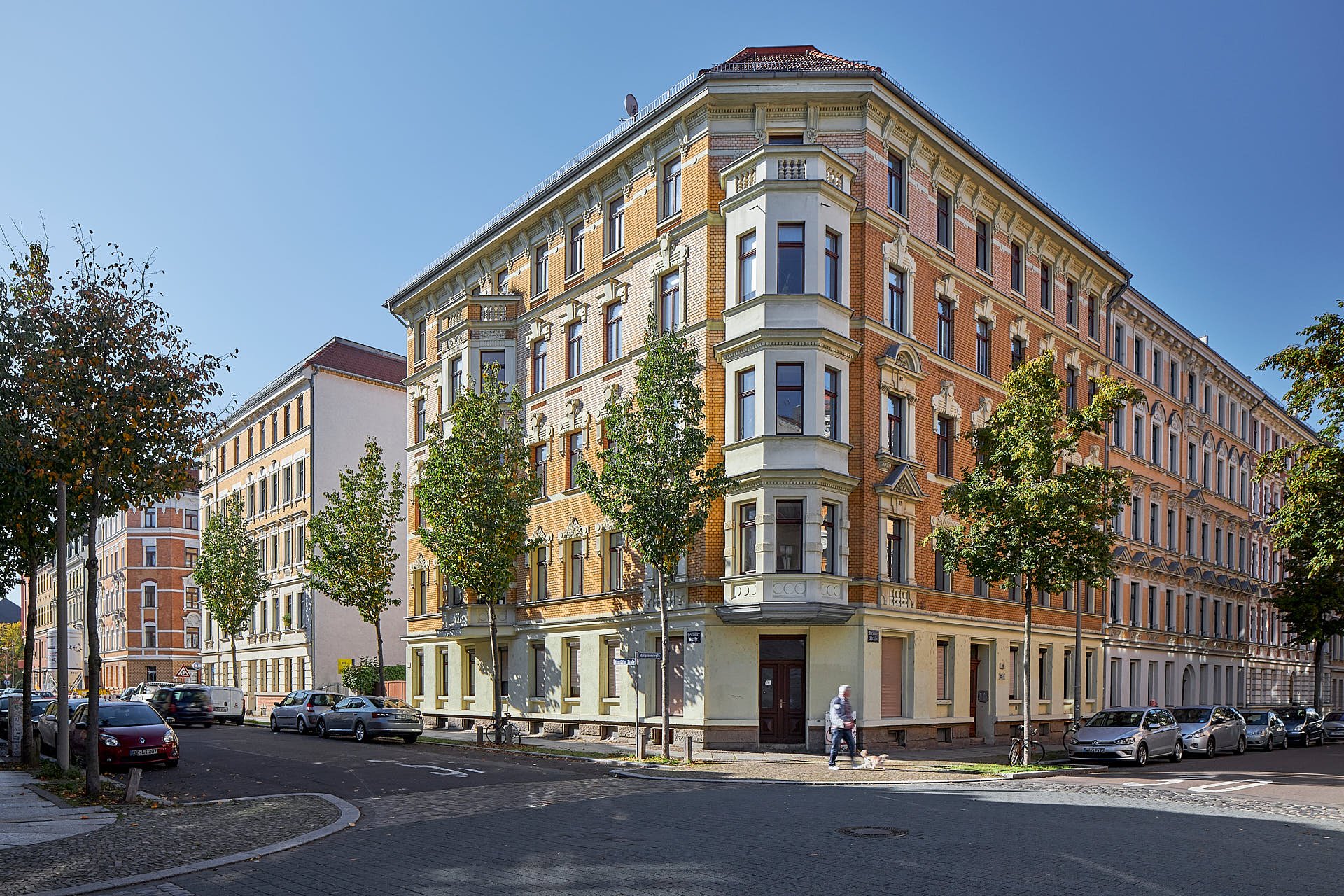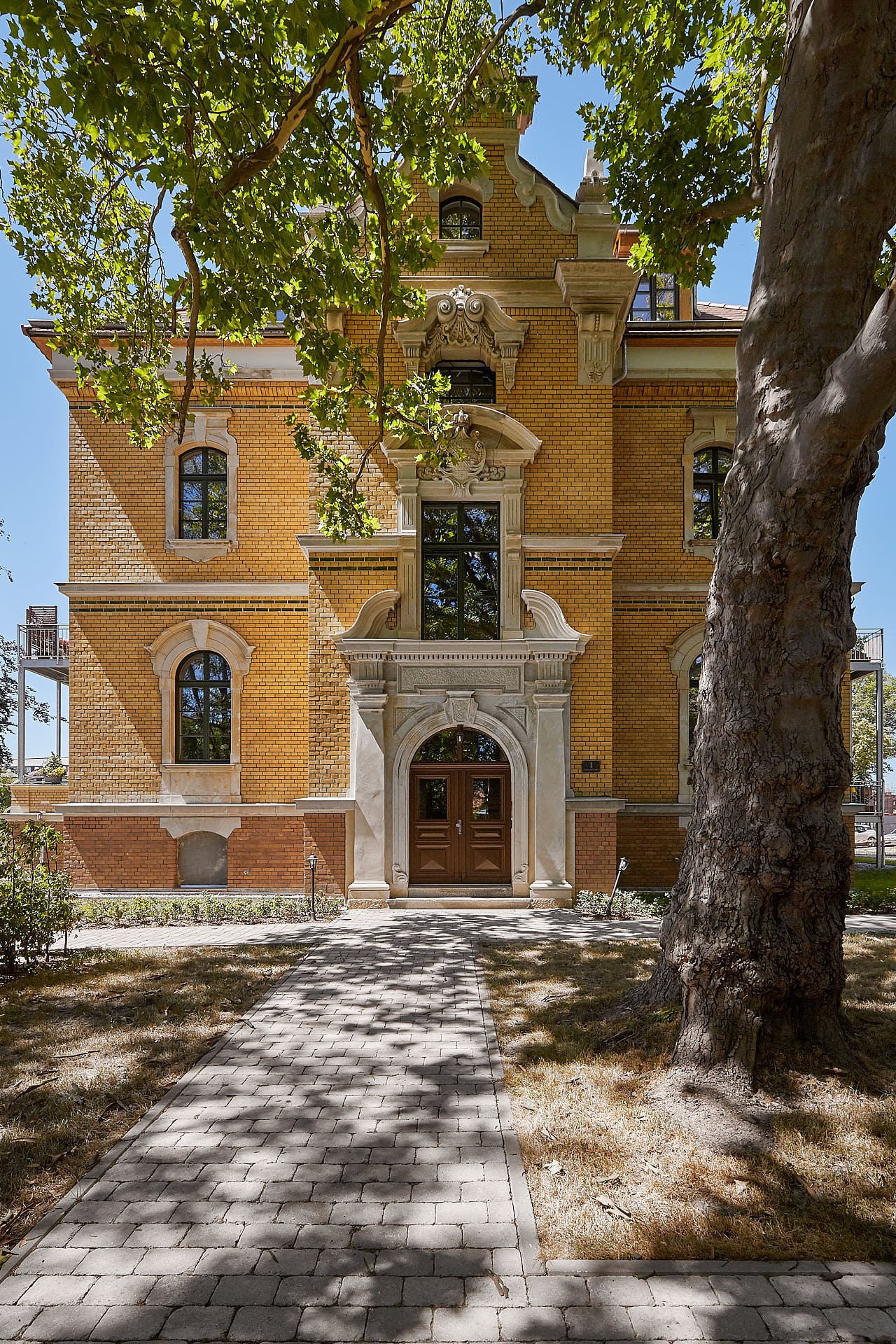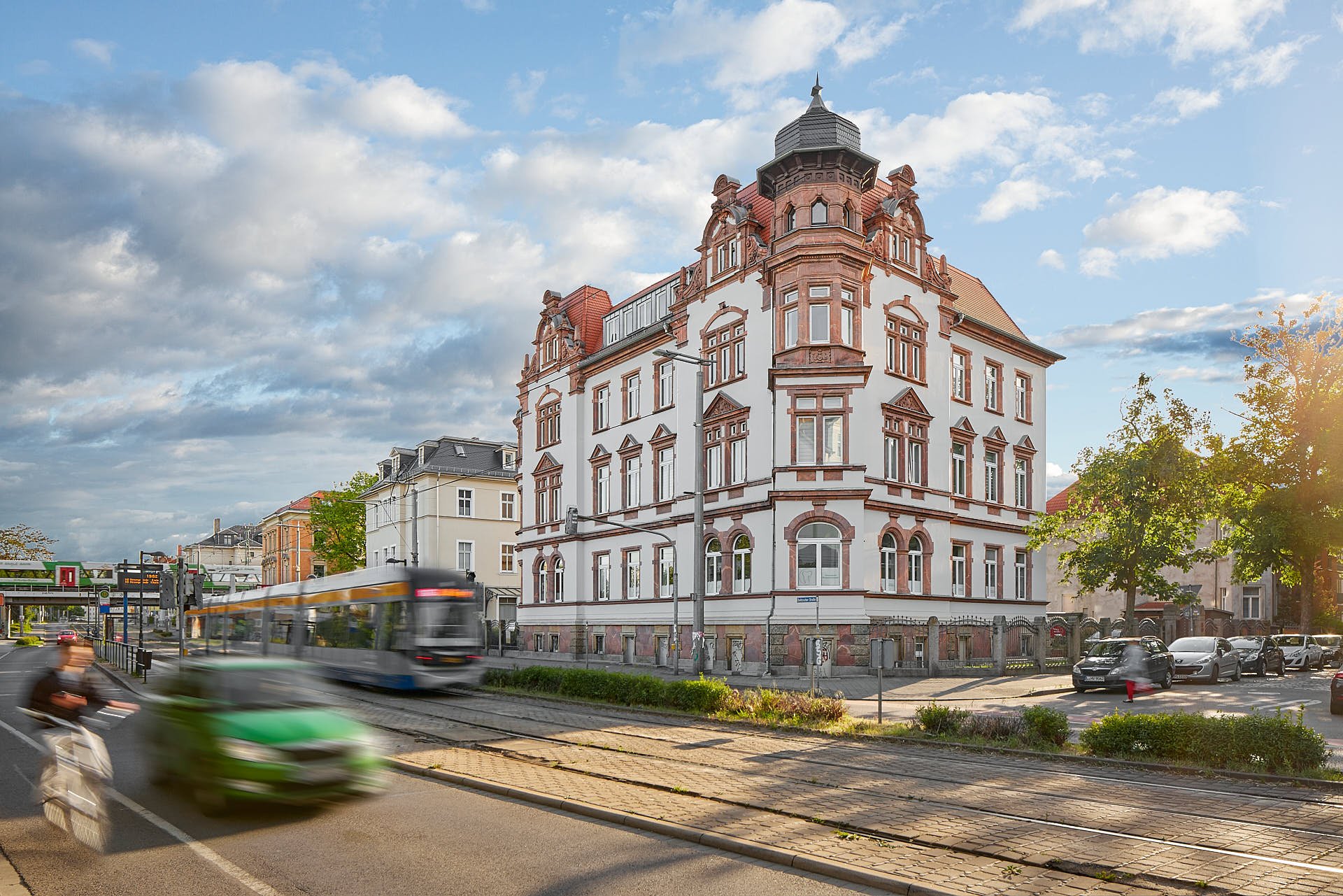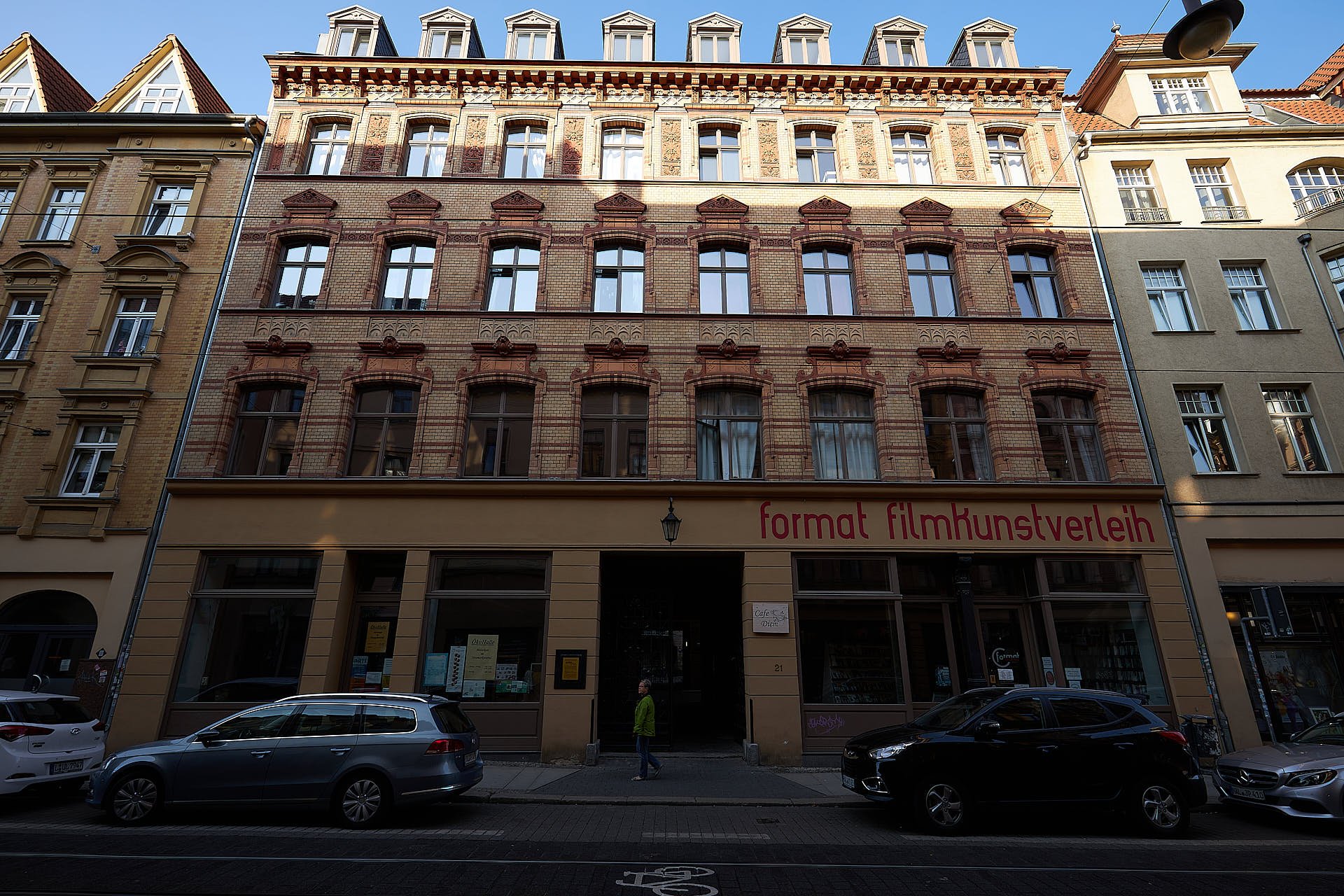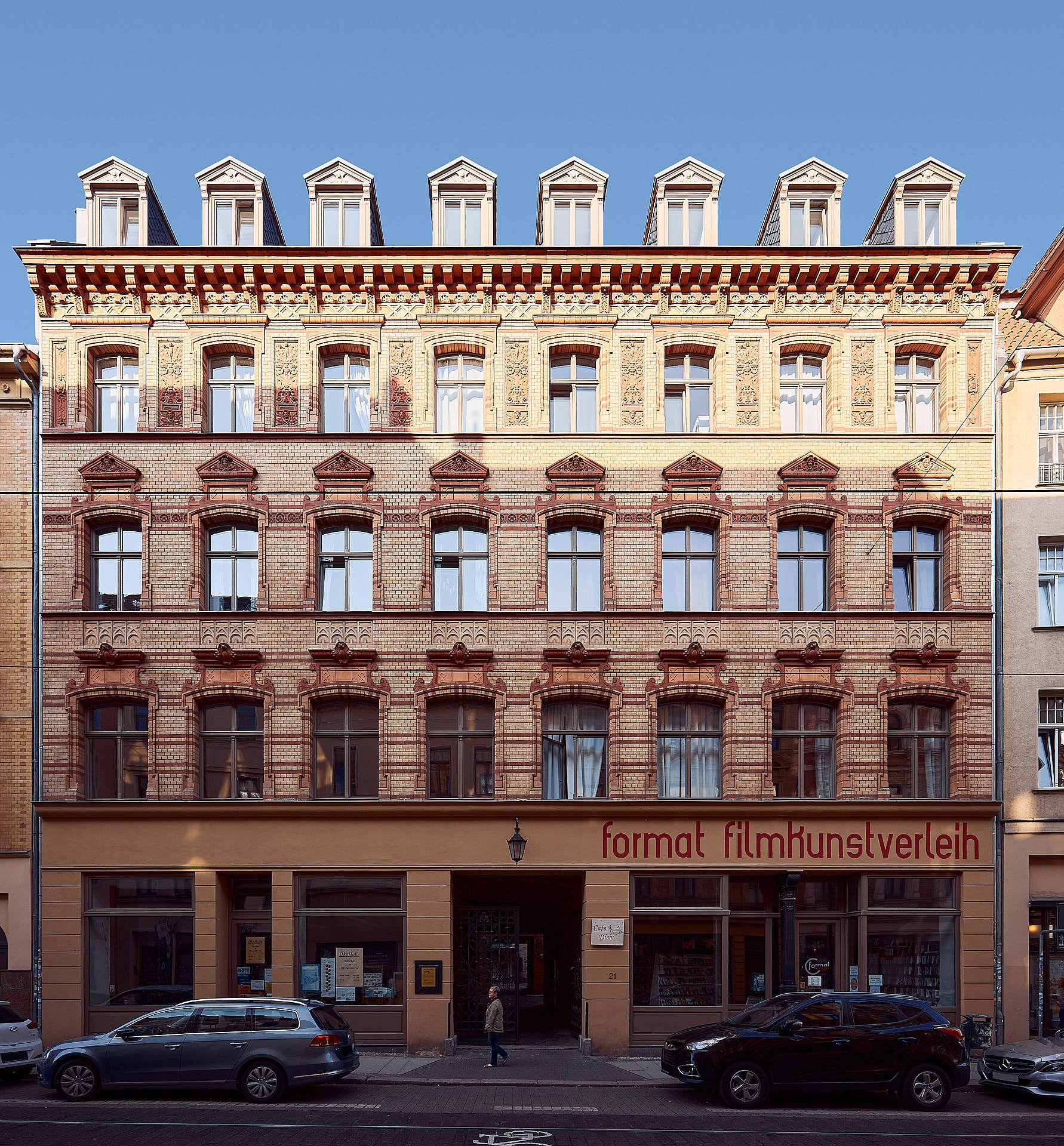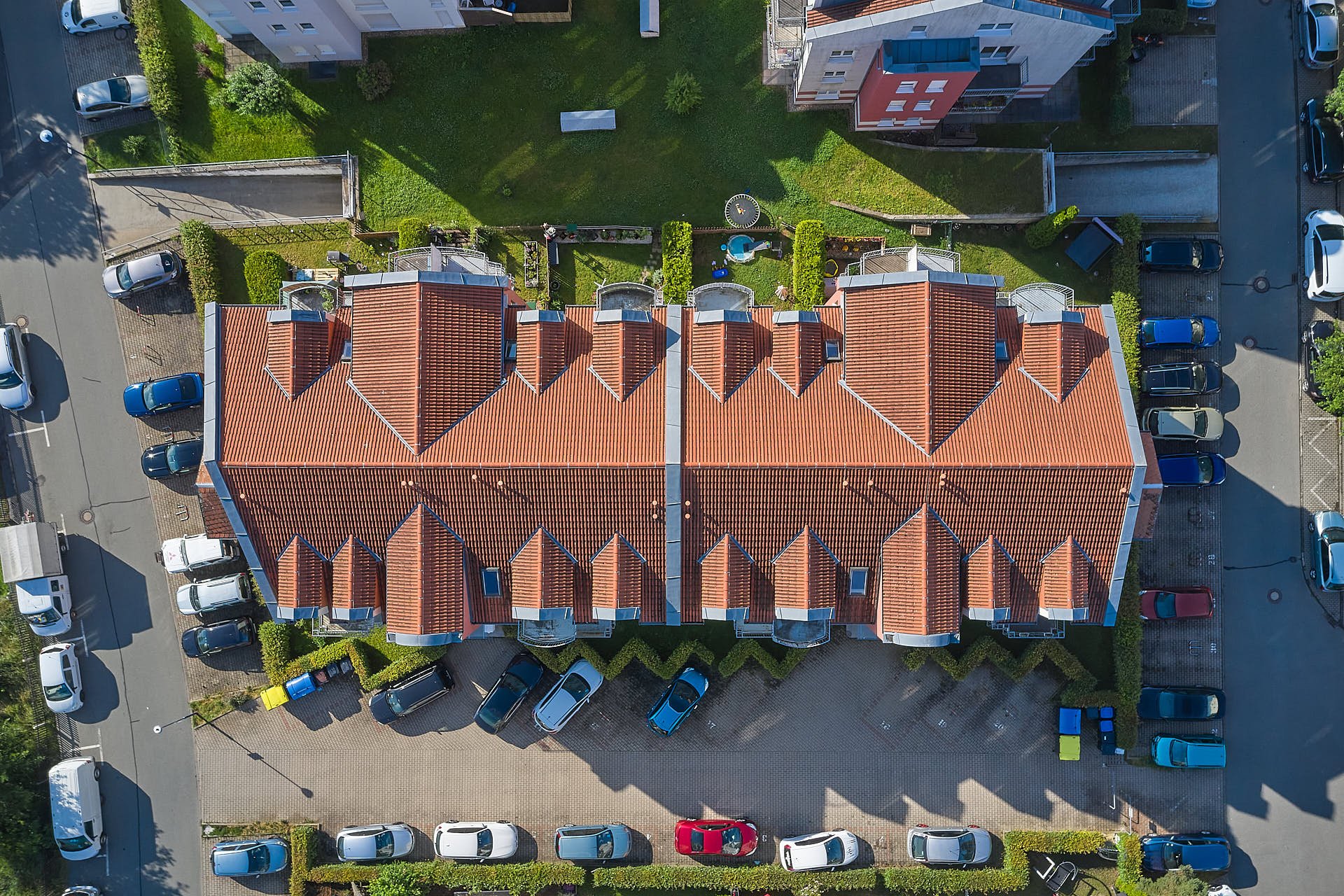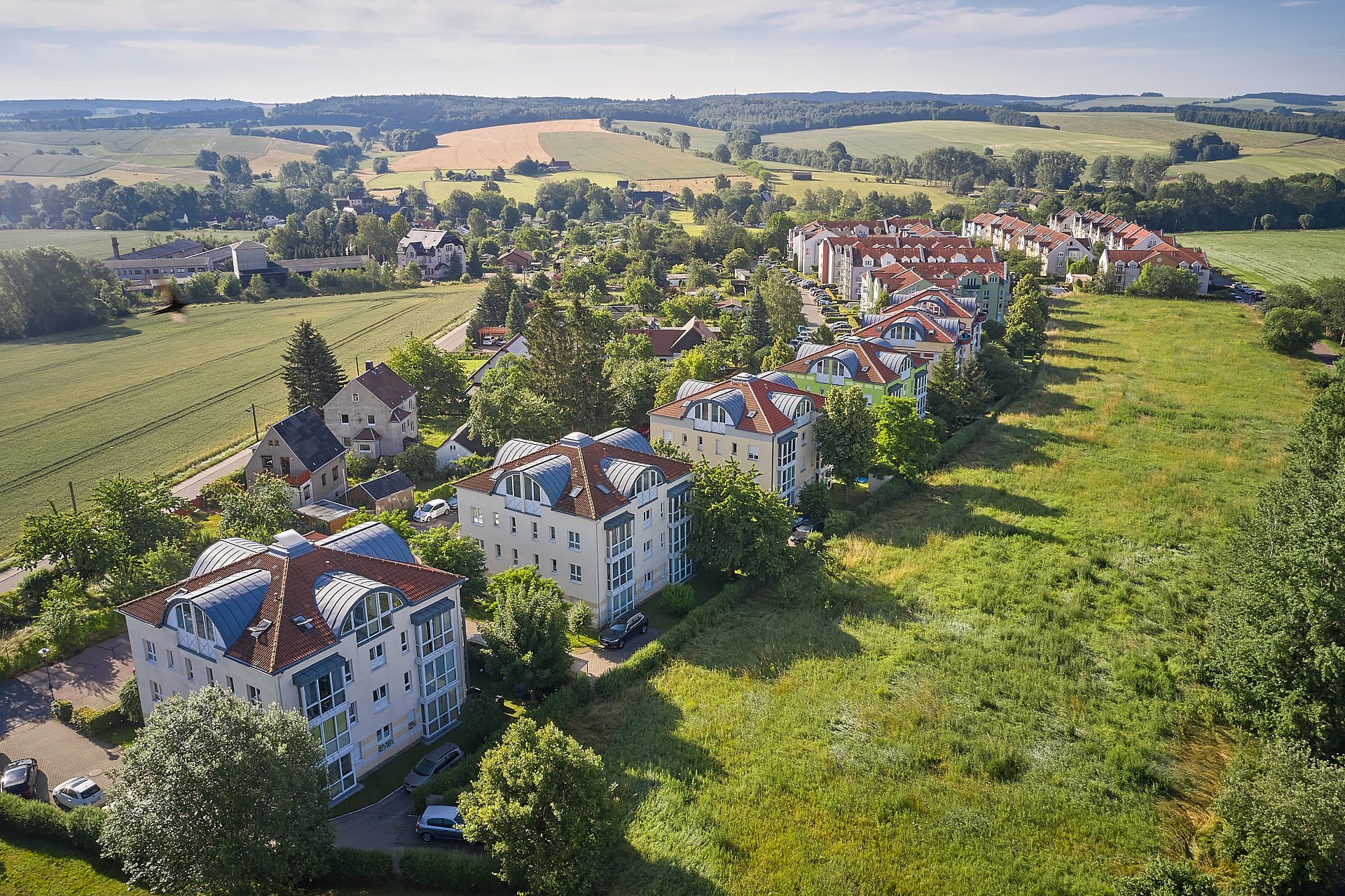5 Tips for Photographing Multi-Family Homes
Multi-family houses are ubiquitous in Germany. Consequently, there is a significant demand for images of these properties. Typically, architects, developers, owners, investment companies, real estate agents, or property management firms request not only images of a single property but also want portfolios of 10, 20, or 30 locations photographed in a consistent style. Photographing multi-family houses often presents significant challenges for the photographer. In this article, you will learn about my workflow for successfully executing such shoots.
Planning around sunlight
Light is everything. For my work, daily planning around the position of the sun is the most critical factor in architectural photography. When preparing a photo series of multi-family houses, I create a Google My Maps map in which all locations are marked. I also note the time when the sun shines on the most prominent facade. Apps like PhotoPills or The Photographer’s Ephemeris provide the appropriate solar positions for this.
Based on this map, I can then create a schedule to photograph each multi-family house in the sun while covering as many properties as possible in a single day.
A question of the right perspective
Photographing multi-family houses aesthetically is no easy task. The tall, wide buildings are usually located in narrow streets with little room for perspective selection. Therefore, creativity is required when taking the photos. This is where high-quality recording technology pays off. Equipped with special tilt-shift wide-angle lenses and a drone, I can handle any situation.
With the tilt-shift lens, I can correct converging lines and photograph the house in an architecturally accurate manner. The central perspective provides a particularly exciting graphic impression. The house appears like a two-dimensional folding card. The focus is strongly on the property. Such photos are particularly well-suited as backgrounds for graphic designs.
For very special perspectives, I use my drone. The oblique view of the aerial shots integrates the property particularly well into its surroundings. In contrast, a direct top view, in which the drone camera hovers at a 90° angle above the object, creates abstract-looking, map-like images. When taking drone photos of multi-family houses, the legal regulations must always be observed. In particular, the privacy in residential areas must always be protected. More information on this topic can be found in my article: “Drones in Architectural Photography”
Integrating life
City streets are teeming with life. Pedestrians, moving and parked cars, construction sites – all are part of our everyday life. What of this should be included in the architectural photograph is a matter of taste. If you want to photograph the entire apartment building, a row of parked cars is usually unavoidable. To minimize the impact of the parking lane, I use a ladder. This allows me to photograph over the car roofs from a greater distance. If there are cars in the picture, it is recommended to obscure the license plates.
The more time you plan for the photo shoot, the more the end result can be influenced. The Ordnungsamt (Public Order Office) can arrange for the parking lane to be blocked off for the day of shooting. Picking a day when the garbage collection is not scheduled saves the production team a lot of work moving garbage cans back and forth. Construction sites are usually announced 14 days in advance. However, once construction work has started in front of the building, its effects can usually not be corrected even with Photoshop.
In this shot, the construction site was fortunately on the other side of the street. After a brief negotiation with the construction workers, the scaffolding served as a perfect viewing platform for the shoot.
Pedestrians and cyclists bring movement to the still life of architectural photography. With a longer exposure time, they blur slightly in motion, and personal rights are preserved. However, you need patience for an exciting everyday situation. For some pictures, I wait 20 minutes until a suitable moment occurs in front of the camera.
Natural picture frames
Many of the late 19th-century districts have large blocks of apartment buildings with space for trees along the roadside. The rich green of the leaves always provides a beautiful frame at the edge of the image in the photos. Subconsciously, we are particularly attracted to photos with life-friendly image content. Blue skies, fresh green, and warm sunlight suggest good weather, warmth, and sufficient water and food. These instinctive evaluations often influence us more than we think.
Image editing for apartment buildings
Ideally, at the end of the photo shoot, we have pictures of newly built or renovated apartment buildings that offered enough space for the photo shoot, with perfect weather and an exciting scene in the foreground. Then it's a matter of adjusting the color and brightness contrasts, and the picture is finished.
However, everyday life usually gets in the way during the photo shoot: graffiti on the building, a passer-by who simply didn't want to leave the picture, streets that are too narrow, or a boring sky are issues that can often be salvaged well in image editing. Depending on the relevance of the image, editing can take anywhere from a few minutes to several hours per motif to give the image the final touch. In the end, it is always a question of the time investment in planning, shooting, and editing that determines the final image quality.
In summary, we have learned that photographing apartment buildings begins with planning. If the photos are taken in beautiful sunlight on the facade with professional equipment, you already have a great basis. With a creative eye for image composition, natural frames, and a little luck regarding the right everyday situation, the result at the end of the photo shoot is a lively architectural photograph that immediately catches the eye of your customers.

